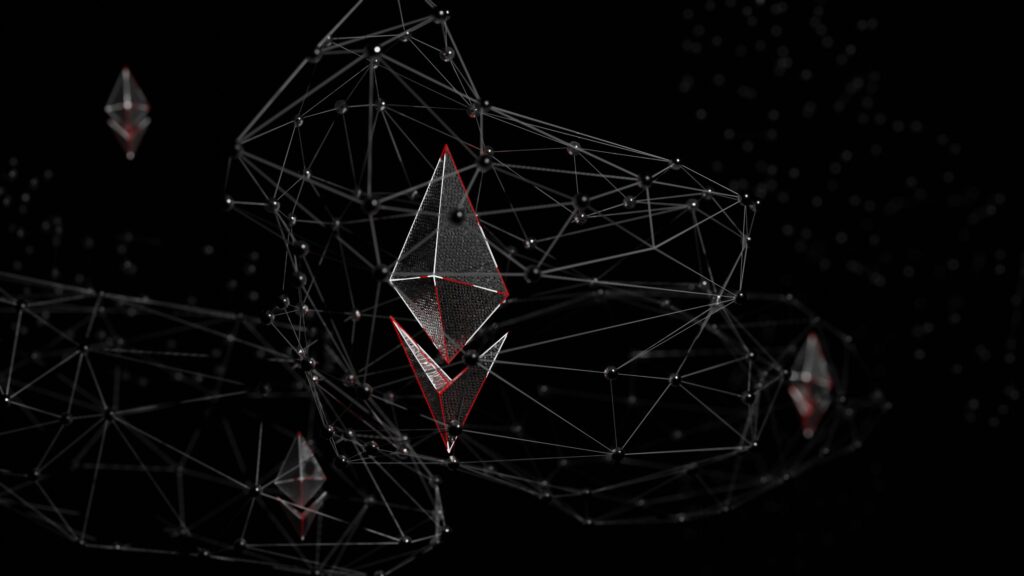
In the ever-expanding world of cryptocurrency, a handful of exchange platforms have risen to the top of the heap. Names like Coinbase, Binance, Crypto.com, and Gemini are slowly but surely becoming well known, which in turn is contributing to increasing investment across the board (with 55% of people who have invested in Bitcoin claiming they’ve gotten started in the last year).
Even as these well-known, centralized crypto exchanges have become more mainstream though, we have also seen the rise of an alternative type of exchange known as a decentralized exchange, or DEX.
In this category, Uniswap has become arguably the most prominent name. So in this piece, we want to go over a few things that newcomers to decentralized exchanges ought to know about this leading option.
1. Uniswap Is Built On The Ethereum Network
As is the case with many decentralized exchanges that have surfaced in recent years, Uniswap is built on the Ethereum network. For users, this is noteworthy for two reasons. First, it means that it’s necessary to pay “gas fees,” which are essentially ETH fees for conducting transactions over Ethereum (and which go up and down depending on how active trading is at a given time).
Second, it means in this case that Uniswap is compatible with the full range of ERC-20 tokens, which are basically tokens that meet the standards for use on the Ethereum blockchain.
2. The Exchange Uses An AMM
AMM stands for “automated market maker,” and essentially refers to the protocol that is used to govern Uniswap.
Designed as a means of driving a decentralized exchanges function, an AMM is a system of smart contracts that “define the price of digital assets and provide liquidity.” Rather than managing trades between investors directly, these contracts facilitate the transfer of coins between traders and “liquidity pools” of assets.
3. Users Vote On Changes
Another aspect of the decentralized nature and governance of Uniswap is that users –– rather than a central authority –– vote on any changes to protocol. As is the case with most DEX options, Uniswap has its own token, known as UNI.
And while it is possible to invest in Uniswap in the same way you would any other crypto token (hoping to see its value rise with Uniswap’s popularity, perhaps), the token also serves a specific purpose. It is “the currency the community uses to vote on decisions,” such that ownership of UNI equates to a say in proposing and/or voting on changes.
4. You’ll Need To Connect A Wallet
One crucial difference between a DEX and a centralized exchange is that the latter holds the tokens you invest in, effectively doubling as a wallet. To buy and sell cryptocurrency through Uniswap however, you’ll need to connect your own external wallet to the app in order to conduct transactions and store your tokens.
We’ve gone over how to connect MetaMask to Uniswap before, and this indeed is one of the primary options. However, other wallets compatible with ERC-20 tokens –– such as Fortmatic, WalletConnect, and the Coinbase wallet –– will work as well.
5. There Are Numerous Alternatives
Finally, while Uniswap is in some senses the leading decentralized crypto exchange, there are numerous alternatives –– many of which are quite similar, and some of which even took advantage of the open-source code underlying Uniswap.
Some of these alternatives include SushiSwap, PancakeSwap, Balancer, and Dodo, to name a few. The differences are often subtle, but as with centralized exchanges those looking into trading options would do well to compare the options.
With this category of exchanges still emerging, it’s likely their influence will continue to grow moving forward. We hope this guide has helped you to gain a clearer understanding both of Uniswap and of how DEX platforms work in general.